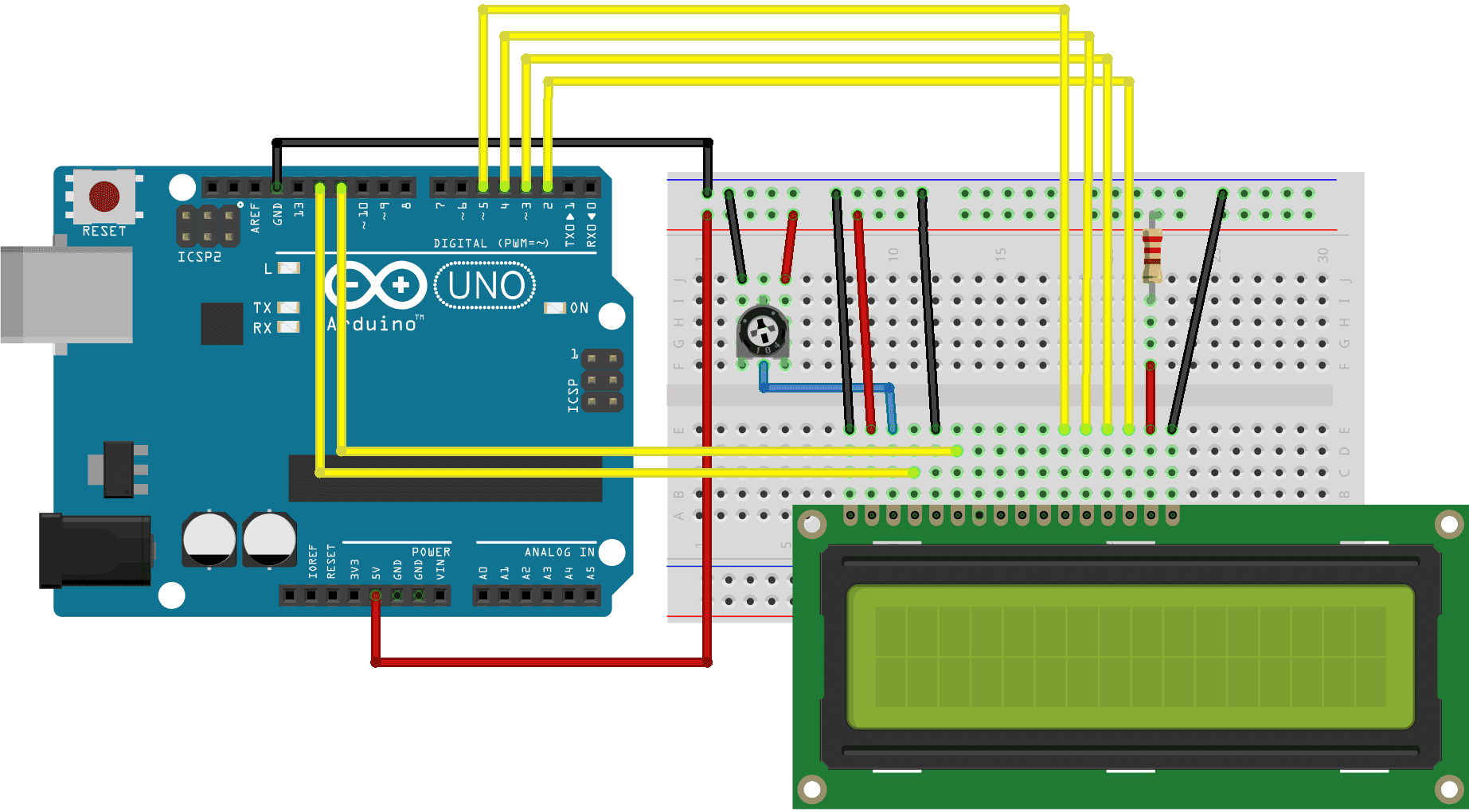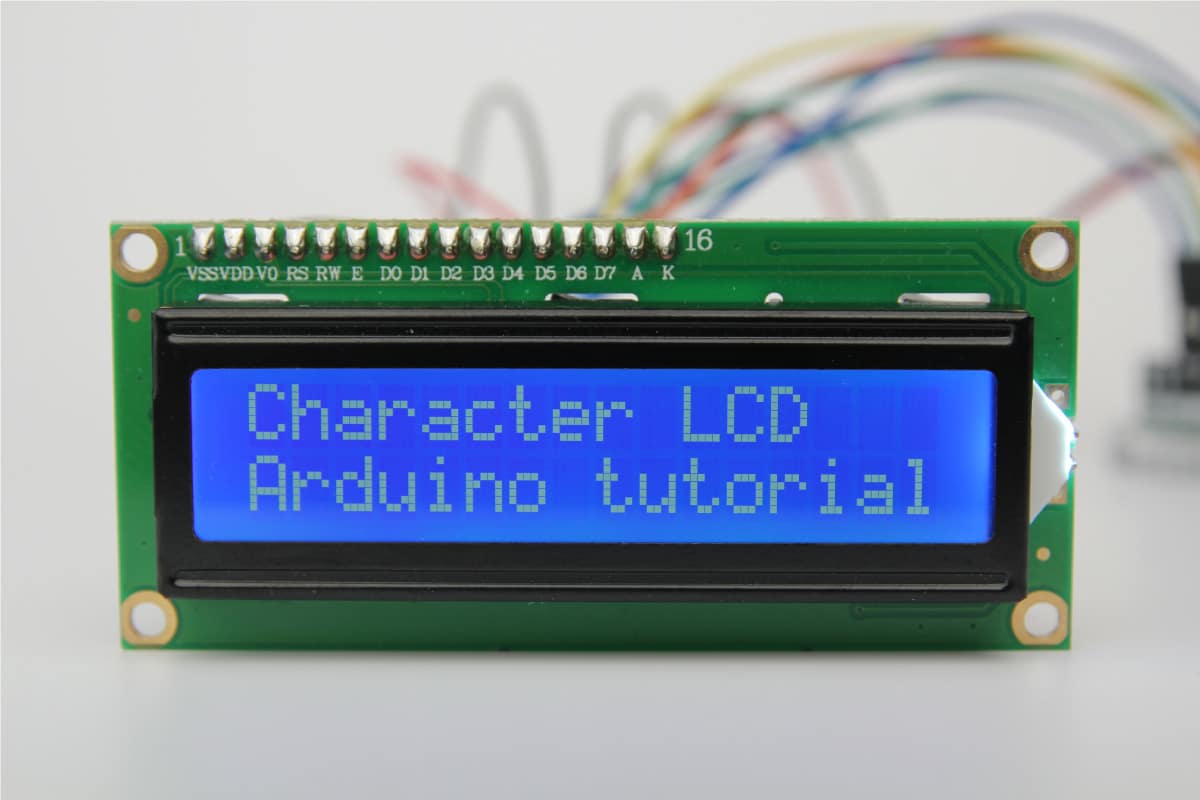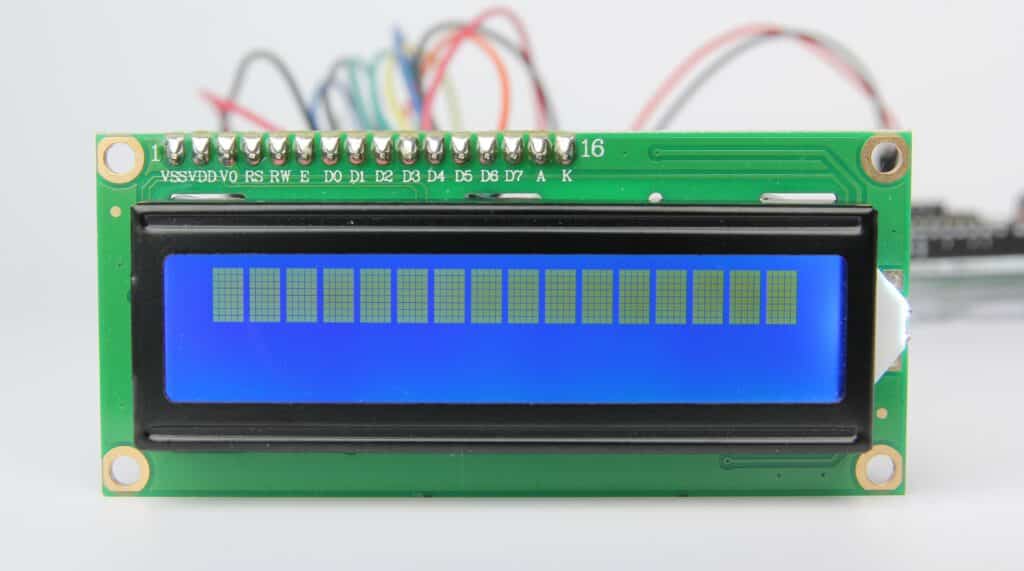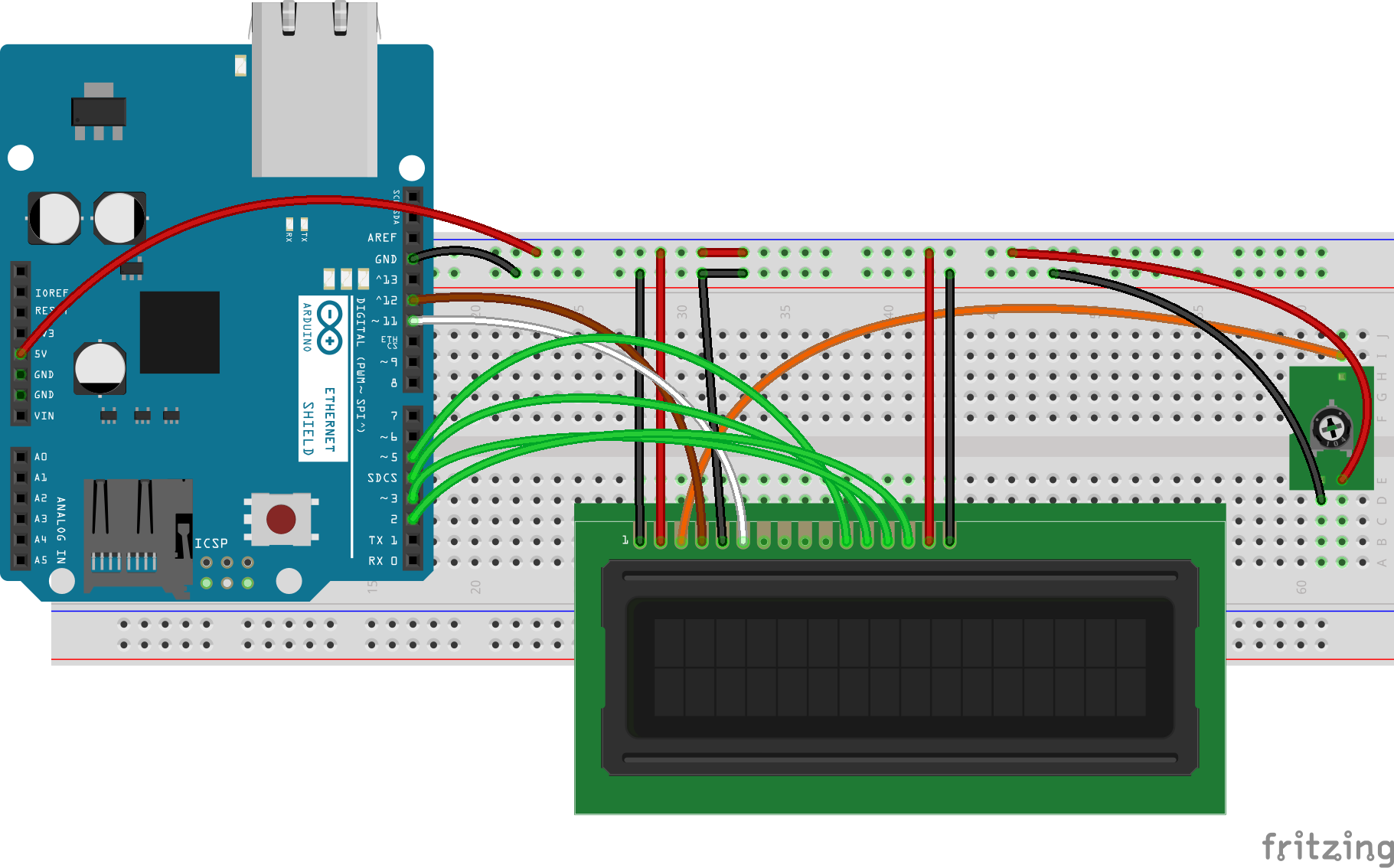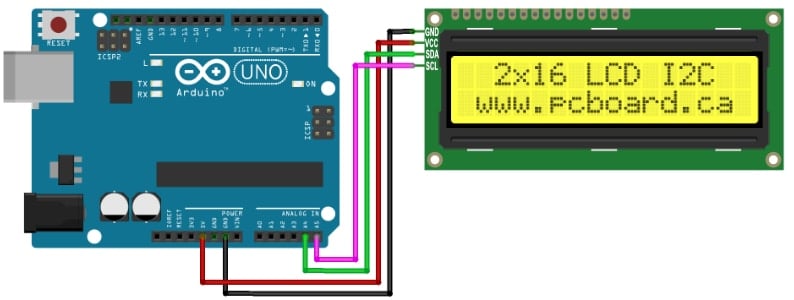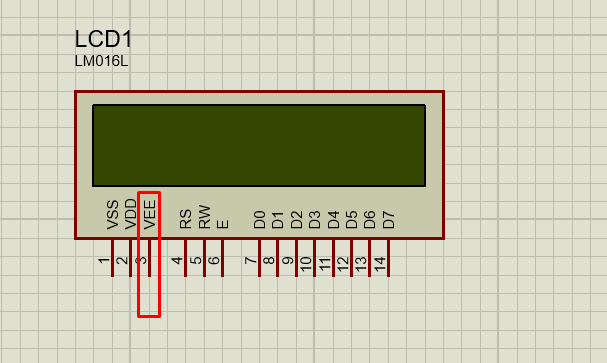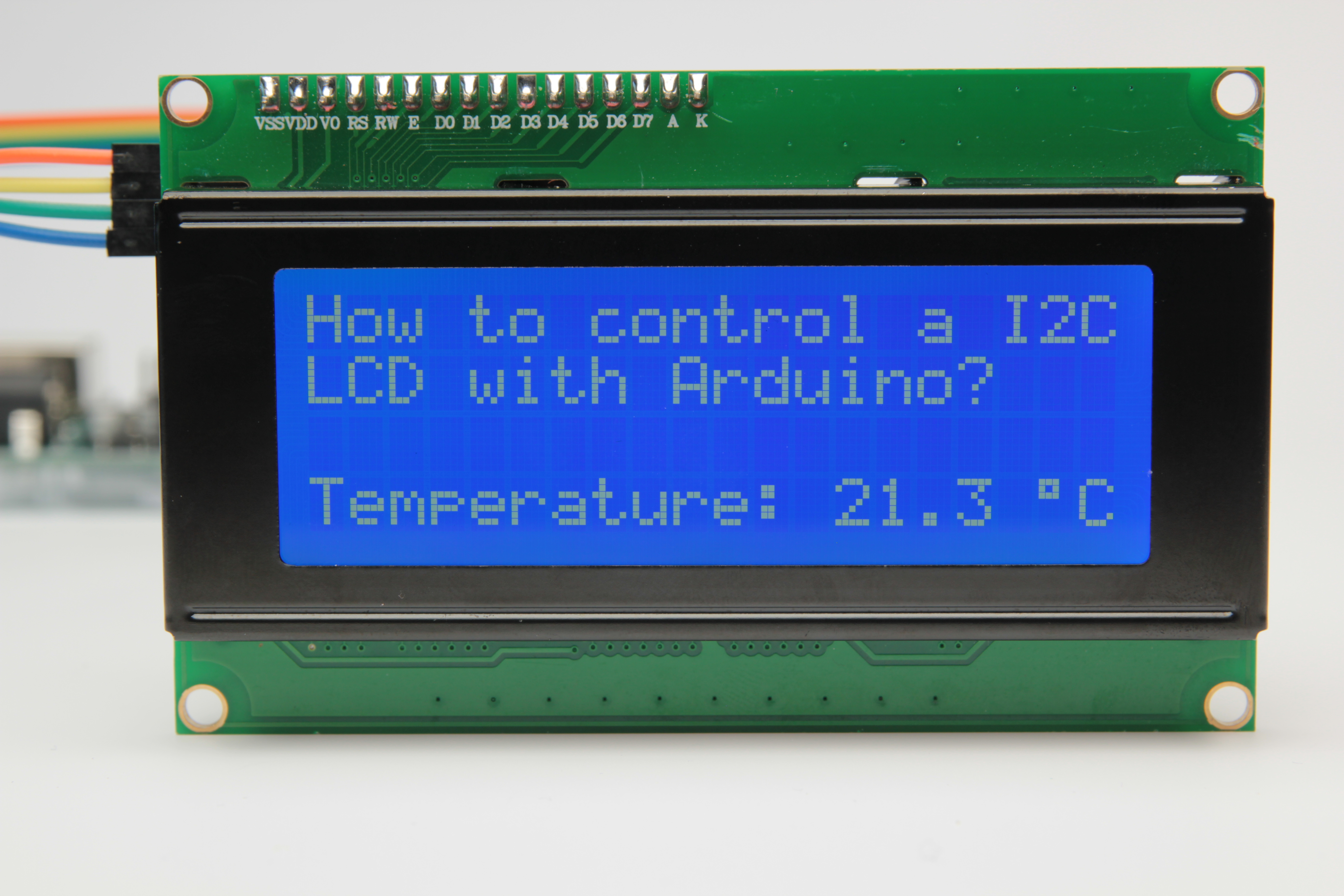Glory Tips About How To Control Lcd

To control the brightness of led and displaying its values on lcd using arduino uno we have written the code which is given below:
How to control lcd. Lcds are very popular and widely used in electronics projects for. #include <liquidcrystal.h>/* declaring the lcd library */. Remeber that the left 6 pins then leave the next 4 pins and use 6 pins on right, side.
How to use lcd.cursor() function to control cursor this function just displays the cursor that is of a hyphen in the shape, and it is displayed where the next character will be displayed. If you using pin control to control the lcd, you would use the hd44780_pinio i/o class. With icue, you can change the lighting effects of your elite lcd by selecting preset effects or creating your own custom effect.
You can select either the data register, which holds what goes on the screen, or an instruction. Starting from version 2.0 firmware for our 10″ integrated lcd supports lcd backlight control through standard usb hid protocol and automatic backlight control with. We will do this really fast and the driver will lookup and display the letters.
The direction of the text on lcd can be controlled by using different functions of the liquid crystal library, these functions decide. A register select (rs) pin that controls where in the lcd's memory you're writing data to. To use ionet to control the data lines, set the.writeaddress = &h378.
In this arduino lcd tutorial, we will learn how to connect an lcd (liquid crystal display) to the arduino board. There are many examples that show how to use it, but basically it the same as using the. The most convenient method to control the brightness of the lcd which is interfaced with arduino is by using a potentiometer (commonly known as a variable resistor).
Select your cooler in the icue. To set these three lines high (and other lines low), you would then call the.writeio(&h85) 'bits 0, 2, 8 ==1. Self.lcd_write_four_bits(mode | (charvalue & 0xf0)) self.lcd_write_four_bits(mode | ((charvalue << 4) & 0xf0)) # put string function with optional.
